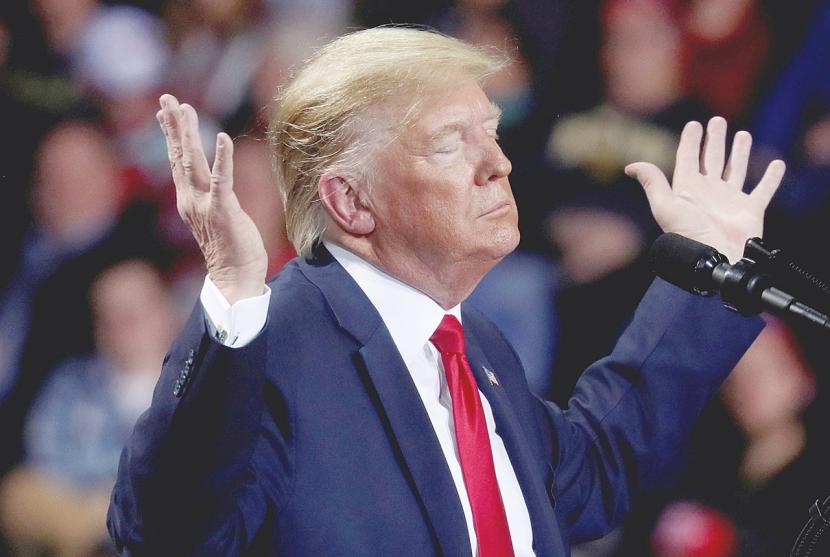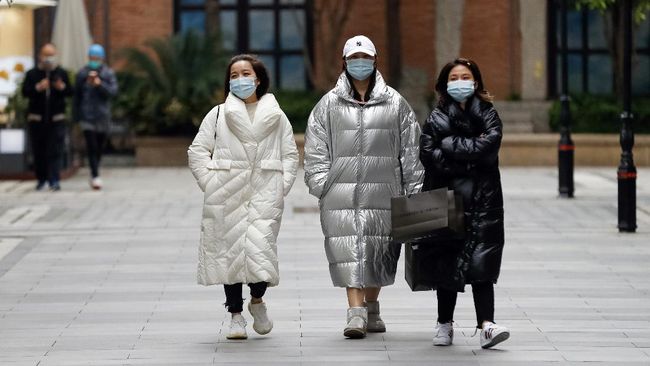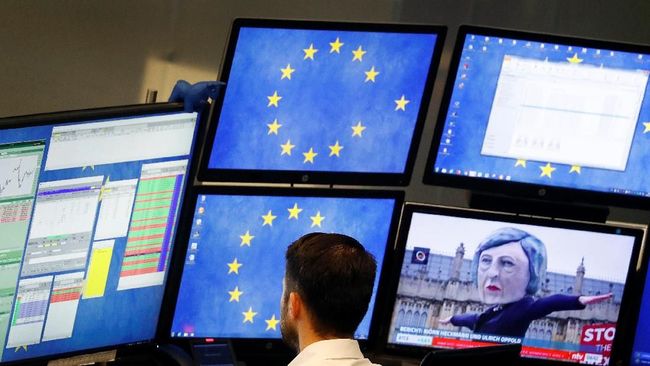KARACHI, Pakistan
Despite accuracy concerns from European countries, several South Asian nations insist on using Chinese medical products, including test kits to fight formidable coronavirus outbreak which has placed the region under a lockdown.
China has been shipping medical supplies to several countries in the region to help them stem the fast growing coronavirus pandemic, which Beijing claims to have contained.
Recently, some European countries, including the Netherlands and Spain have returned a huge amount of Chinese medical equipment, including test kits and masks on grounds of quality standards.
Although the South Asian states downplay the Europe's concerns, many believe they run out of options because of their weak public health systems.
- Pakistan
The Health Ministry of Pakistan on Monday rebuffed the accuracy concerns saying it would continue to use Chinese medical products to fight COVID-19 outbreak in the country.
"China's performance and its [medical] products are time-tested. They have lived up to the challenge," said Sajid Shah, a spokesman for the ministry.
"If we start listening to these concerns -- which are mere opinions so far -- then we won't be able to work, and proceed", he told Anadolu Agency.
Dr. Seemi Jamali, the head of Jinnah Post Graduate Medical Center Karachi -- the country's one of the largest medical facilities -- shared a similar view.
"Why should I bother about concerns from Europe, which itself has failed to handle the crisis, even though it was warned much earlier," Jamali told Anadolu Agency.
"On the other hand, China has successfully handled the situation," she said, adding that Beijing's assistance had helped Islamabad "significantly" in its fight against the virus.
"As a doctor, I have no accuracy concerns about Chinese medical products," she added.
Home to over 200 million, Pakistan has so far reported 1,865 COVID-19 cases, with 25 confirmed deaths. Some 58 patients have recovered.
- Bangladesh
Bangladeshi authorities said it would use the Chinese equipment only after its experts validate the donated products.
"Our concerned medical team must validate all medical equipment donated by China before using, and in case of any defeat, those will be returned,” said Dr. Meerjady Sabrina Flora, the director of Bangladesh’s Institute of Epidemiology, Disease Control and Research.
China has so far donated Bangladesh 45,500 COVID-19 testing kits, 400,000 masks, 15,000 personal protective equipment (PPE), 1,000 infrared thermometers, 100 kilogram disinfectant and 50 kilogram hand sanitizers till the date, according to available media reports including the state-run media.
Of those donations, most have been by provided by Chinese Jack Ma and Alibaba Foundations.
Flora added that until the date Bangladesh had not used any test kits and other medical equipment donated by China.
“Till date, we have used test kits stored with us for long and all were validated by the World Health Organization and thoroughly checked by our team of experts,” she , told Anadolu Agency.
She said the medical equipment donated by China was produced in different Chinese companies, adding: “Our concerned team of experts will also contact those companies, and assess their past records in producing such equipment.”
Bangladesh, a country of over 165 million people, has so far confirmed five deaths and 49 infections from coronavirus, including the latest case recorded on Monday.
- Nepal
Nepal received 12 tons of medical supplies from China, its northern neighbor, last week to expedite its fight against coronavirus.
Some health experts, however, have raised questions about the higher rates and quality of the Chinese medical equipment, forcing the Supply Ministry to form a five-member panel led by the head of the country's quality control department to investigate the issue.
Bikash Devkota, the Health Ministry spokesman, did not reply to repeated calls from Anadolu Agency.
Suman Acharya, a Kathmandu-based health expert, said the government was not transparent about the brand and quality of the Chinese products.
"The government has not disclosed the brands of the materials. So we don't know about their quality. While there may not be any fault with the machines and personal protective equipment, other materials such as reagent -- which we need for labs -- may not meet the international standards," Acharya told Anadolu Agency.
- Myanmar
The Health Ministry of Myanmar on Monday said it had no complaints regarding the quality of the medial equipment donated by the Chinese government "so far,”
"Most of the test kits available these days are from China. We don’t believe the items would show 100% accuracy. There is always a chance of error,” a senior ministry official told Anadolu Agency on condition of anonymity as she was not allowed to speak to the media.
According to the official, Myanmar has only one laboratory that only uses Reverse transcription-polymerase chain reaction, or RT-PCR, to test for the coronavirus.
She went on to say that a medical team from China’s Yunnan province was expected to arrive in Yangon in the first week of April to collaborate with Myanmar's medical teams in their efforts to control the COVID-19 outbreak.
China donated two batches of medical equipment to Myanmar in March. The items include personal protective equipments, laboratory equipment, N-95 masks and surgical masks, according to the country's health ministry.
- COVID-19 outbreak
After first appearing in Wuhan, China last December, the novel coronavirus, officially known as COVID-19, has spread to at least 177 countries and territories, according to data compiled by U.S.-based Johns Hopkins University.
Nearly 787,000 cases have been reported worldwide, with the death toll over 37,800 and more than 166,000 recoveries.
* Md Kamruzzaman from Bangladesh, Deepak Adhikari from Nepal, and Kyaw Ye Lynn from Myanmar contributed to this story.
Anadolu Agency website contains only a portion of the news stories offered to subscribers in the AA News Broadcasting System (HAS), and in summarized form. Please contact us for subscription options.
Let's block ads! (Why?)
"asian" - Google News
March 31, 2020 at 03:51PM
https://ift.tt/3dK8bvy
Despite concerns, S.Asian countries insist on using Chinese kits - Anadolu Agency
"asian" - Google News
https://ift.tt/2STmru2
Shoes Man Tutorial
Pos News Update
Meme Update
Korean Entertainment News
Japan News Update
















